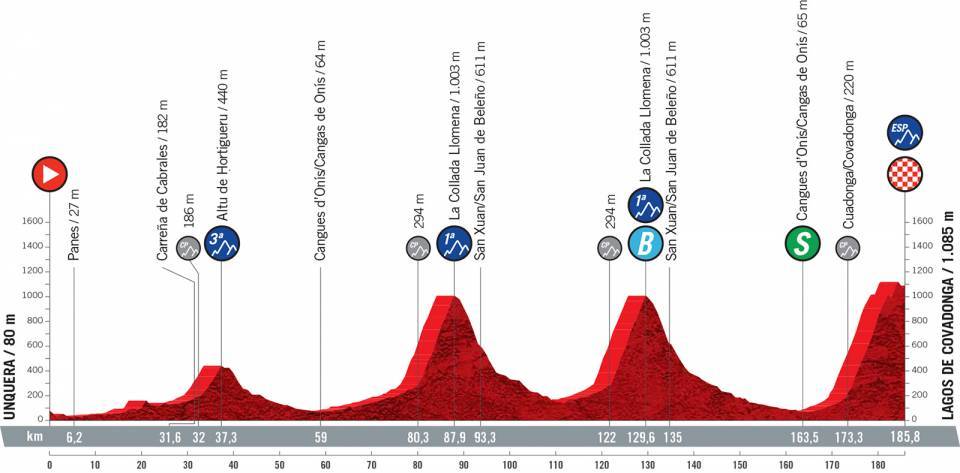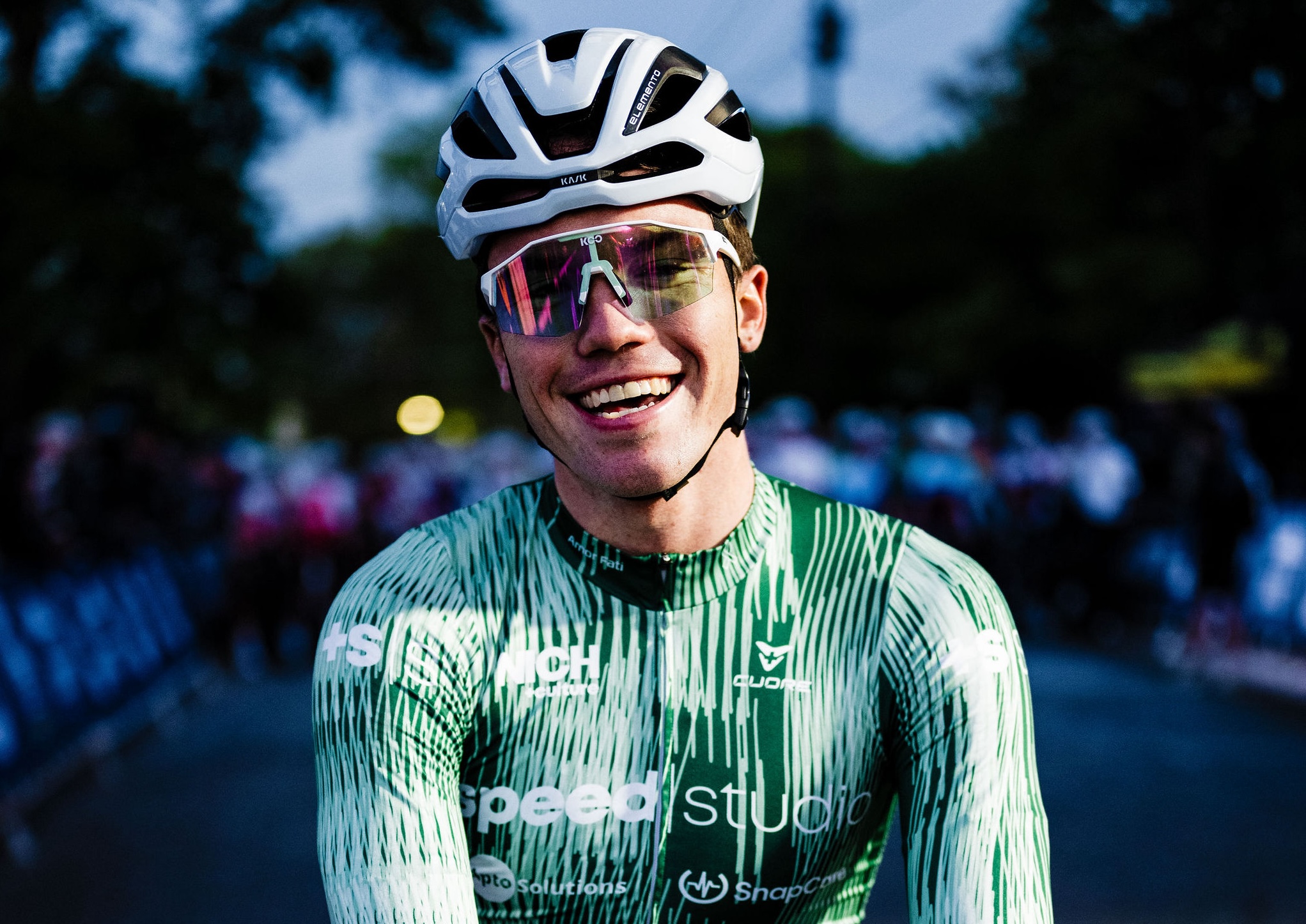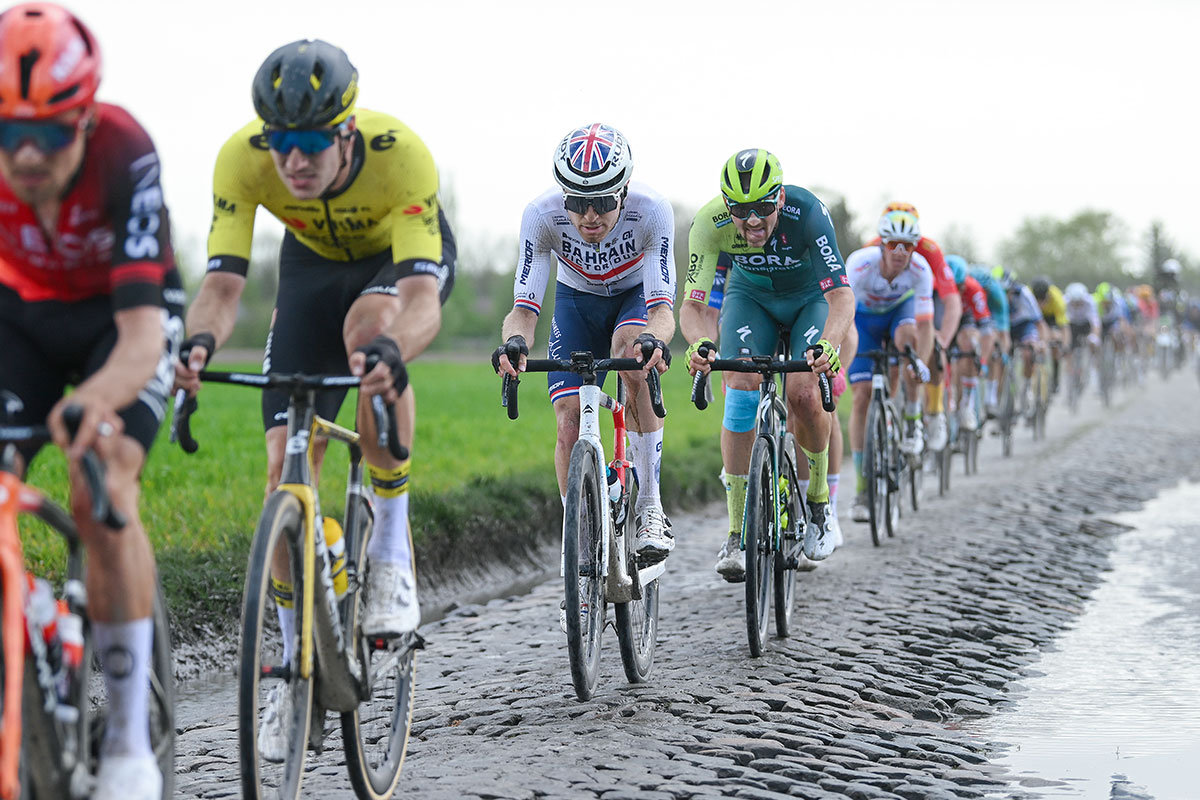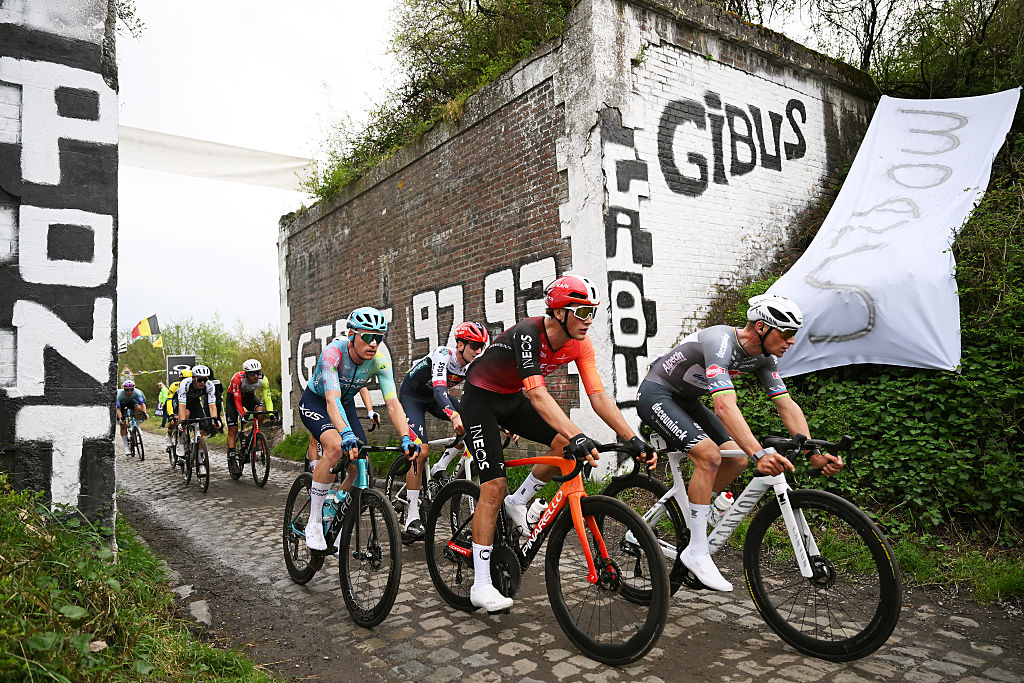Vuelta a España 2021: Stage 17 preview
September 1: Unquera - Lagos de Covadonga, 185.8km


Stage 17: Unquera - Lagos de Covadonga
Date: September 1, 2021
Distance: 185.8km
Stage timing: 12:10 - 17:30 CEST
Stage type: Mountain
Vuelta a España stage 17 preview video
“A great stage… with a surprise,” says the Vuelta’s preview rather ominously of the first of consecutive days that could be described as a “queen stage”. The novelty is not the finale, which takes place at the Vuelta’s favourite summit of Lagos de Covadonga, but the ascent that precedes it, the Collado Llomena, which is extremely steep in parts and is tackled twice.
From the start, just inside Cantabria at Unquera, the route quickly heads into the rugged interior of neighbouring Asturias, running westwards along the northern edge of the Picos de Europa mountain range. The first climb is the third-category Altu de Hortigueru, which is 5.3km long and sends the riders scampering towards Cangas de Onís. Turning south here, the riders will follow the River Sella upstream.
Just beyond Cenaya, the stage’s serious climbing begins with the first ascent of the Collado Llomena, which averages a fearsome 9.3 per cent for its 7.6km. It’s consistently steep, the gradient dropping to 6.5 per cent briefly, touching 14 per cent at another instant, but essentially sticking to between nine and 11 for the duration. The descent off its western flank has some steep sections too, but they only extend to a couple of kilometres not far beyond the summit, the road then easing down into the valley.
Soon after passing through Parcia, the riders will turn south again to tackle the Llomena for the second time. On this occasion, the crest of the pass is a bonus point, with eight, five and two seconds on offer to the first three riders to cross it. Having descended back to Parcia, the route heads north to return to Cangas de Onís and then picks up the road to the village of Covadonga and the famous lakes that lie high above it.
This famous special-category ascent extends to 12.5km. Its average of 6.9 per cent conceals its difficulty for there are two descents and another section that’s close to flat. After an easy first kilometre, the next half dozen are critical to those looking for victory or to defend their GC prospects. In this section, where the road twists and turns up the mountainside, the gradient remains above 8.5 per cent, and at one point just before that plateau it is almost twice as steep. The road rears up again after that brief flat, descends for a couple of hundred metres, then jags up again, this time to the high point. From there, the route makes a kilometre-long descent followed by a short rise up to the line, where Thibaut Pinot (Groupama-FDJ) was the last winner in 2018.
Get The Leadout Newsletter
The latest race content, interviews, features, reviews and expert buying guides, direct to your inbox!
Peter Cossins has written about professional cycling since 1993 and is a contributing editor to Procycling. He is the author of The Monuments: The Grit and the Glory of Cycling's Greatest One-Day Races (Bloomsbury, March 2014) and has translated Christophe Bassons' autobiography, A Clean Break (Bloomsbury, July 2014).
Latest on Cyclingnews
-
USA CRITS: Michael Garrison outsprints Lucas Bourgoyne at Rock&Road Criterium
Shannon Koch leads trio of Kingdom Elite riders for sweep of women's podium in Newnan, Georgia -
The highs and lows of Paris-Roubaix: Rory Townsend makes the break for Q36.5 as Joey Pidcock rolls in last
Doug Ryder's squad experienced all the emotions at the Hell of the North -
Fred Wright overcomes Shimano Di2 crash mode, avoids late wrong turn to grab Paris-Roubaix top 10
Briton says his next goal will be 'working out how to not be the best of the rest' after career-best finish -
'I felt good after Arenberg but the lights just went out' - Josh Tarling hit by eating problem at Paris-Roubaix
Ineos Grenadiers forced to chase from first sector of cobbles, after Filippo Ganna's mechanical issue



